Wangdaebak Jijimichon (왕대박지지미촌)
2.5Km 2021-03-29
62-1, Toegye-ro, Jung-gu, Seoul
+82-2-752-3337
A great store to visit on a rainy day. This Korean dishes restaurant is located in Jung-gu, Seoul. The representative menu is three-colored pancake.
CAFÉ TERRACE (카페테라스)
2.5Km 2021-03-26
102-2, Samcheong-ro, Jongno-gu, Seoul
+82-2-723-8250
It is a café that serves delicious waffles. This cafe is located in Jongno-gu, Seoul. The representative menu is waffle.
Burdeng Children's Clothing Shopping Center (부르뎅 아동복)
2.5Km 2021-04-09
14, Namdaemunsijang 8-gil, Jung-gu, Seoul
+82-2-755-5737
Burdeng Children's Clothing Shopping Center offers diverse clothing items and accessories for adults and children in particular. It is one of the largest distributors of children's clothing in Korea. High quality children's clothing is available at inexpensive prices for both retail and wholesale purchases.
Hyundai Kalguksu (현대칼국수)
2.5Km 2020-06-16
76, Sejong-daero, Jung-gu, Seoul
+82-2-752-9504
Hyundai Kalguksu is a kalguksu (handmade knife-cut noodles) restaurant that has been in the family for two generations (1982). The restaurant is extremely popular among people working at nearby businesses, thanks to the rich flavor of the broth. Anchovies, dried pollack heads, and kelp are simmered for many hours, and then, other ingredients are added: soft noodles and various vegetables including pumpkin, onion, and green onions. The restaurant is famous for the exquisite taste of its kalguksu, as well as for its large servings. Just one bowl is enough to satisfy a starving man, but if you are still hungry, don’t hesitate to ask for more rice or noodles for free. Another unforgettable specialty here is kimchi. You will also be able to enjoy geotjeori (freshly made kimchi) and kkakdugi (sliced white-radish kimchi), which is fermented for about three days.
Deoksugung Palace Royal Guard Changing Ceremony (덕수궁 왕궁수문장교대의식)
2.5Km 2025-07-11
99, Sejong-daero, Jung-gu, Seoul
• 1330 Travel Hotline: +82-2-1330 (Korean, English, Japanese, Chinese) • For more info: +82-2-737-6444
Deoksugung Palace has held a guard changing ceremony since 1996 after thorough historical research by leading historians. The ceremony, which is held in front of Daehanmun Gate of Deoksugung Palace, is a tradition similar to the Changing of the Guards at Buckingham Palace and offers a rare opportunity to experience royal culture. The royal gate is opened and closed at pre-determined times, and the gatekeepers in charge of guard duty and patrols hold a shift ceremony three times a day.
The Royal Guard Changing Ceremony is a highly recommended event for tourists. It is held three times a day, with each ceremony following the same procedure and lasts for forty minutes to an hour, and the ceremony is free of charge. There are no ceremonies on Mondays as well as on severely cold or hot days.
As the ceremony begins, the changing of the guards commences replete with traditional musical instruments, and exchanges a password for verification. An eight-minute guard ceremony ensues, followed by a seven-minute change ceremony, and finally a patrol that completes the ceremony. The procedure takes a dramatic turn when 18 guards in six official positions beat a drum and bellow some orders.
The Royal Guard Changing Ceremony is a great opportunity to experience a rare traditional scene. The guards’ splendid costumes, with their brilliant primary colors, are a pleasure to view. Once the ceremony is over, visitors can take pictures with the gatekeepers.
N Seoul Tower (남산서울타워)
2.5Km 2025-06-30
105 Namsangongwon-gil, Yongsan-gu, Seoul
+82-2-3455-9277
Namsan Seoul Tower was the first multipurpose tower to be established in Korea, effectively incorporating a sightseeing observatory into a broadcasting tower. For the past 40 years, Namsan Seoul Tower has served as an iconic landmark of Korea and a representative tourist attraction. The tower's observatory offers an unobstructed view of the whole city, allowing it to become one of the all-time favorite attractions of Seoul citizens as well as domestic and international tourists. Featured in many dramas and reality shows, it is also becoming a fan-favorite destination. Another highlight of the tower is the Namsan Cable Car. The cable car began its operation in 1962, transferring passengers from the foot of the mountain to the base of the tower. Shuttle buses to the Namsan Cable Car from downtown Seoul are also available for visitors' convenience.
◎ Travel information to meet Hallyu’s charm
In TXT’s content “TALK X TODAY,” the youngest members, Huening Kai and Taehyun, enjoyed a day out in their school uniforms. They rode the cable car to the top, took pictures together, and secured their wish lock. You can purchase locks at the souvenir shop near the cable car station at the top of the mountain, where name pens are also available to write down your wishes.
HANCOOK N Seoul Tower (한쿡 N서울타워)
2.5Km 2024-03-15
(Tower 3F), 105, Namsangongwon-gil, Yongsan-gu, Seoul
+82-2-3455-9292
HANCOOK is a Korean restaurant located within the N Seoul Tower, from which one can see the entirety of Seoul. The restaurant presents the traditional flavors and food culture of Korea through its Lunch and Dinner Special Courses, as well as nearly 30 a la carte menu. The latter includes Bulgogi bibimbab bansang (Grilled bulgogi bibimbap) and chamsut hanu gui bansang (charcoal-grilled Korean beef & cold buckwheat noodles).

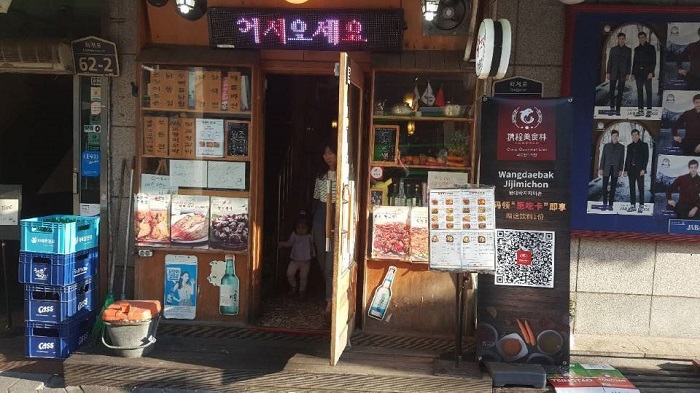
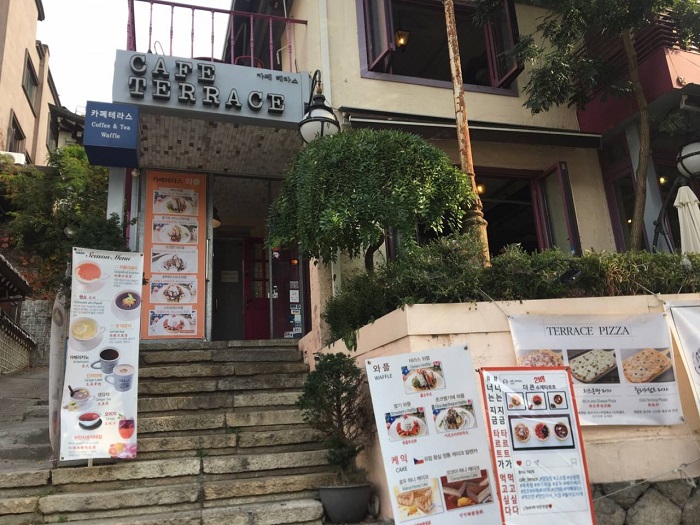
![Whixcom [Tax Refund Shop] (휙스컴)](http://tong.visitkorea.or.kr/cms/resource/83/2878583_image2_1.jpg)
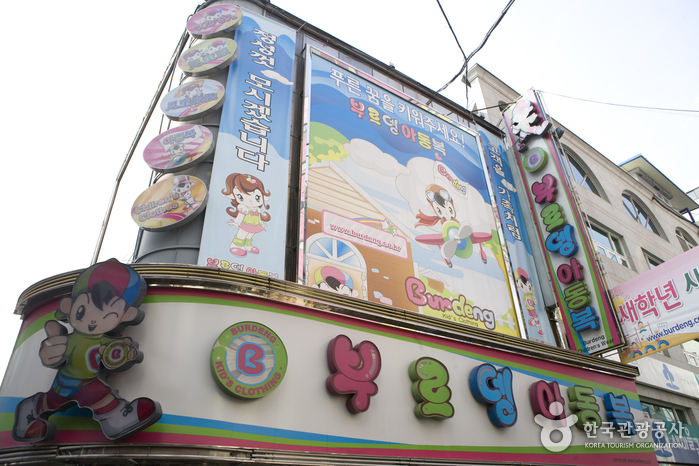
![5F N Gift [Tax Refund Shop] (5F N기프트)](http://tong.visitkorea.or.kr/cms/resource/40/2878440_image2_1.jpg)
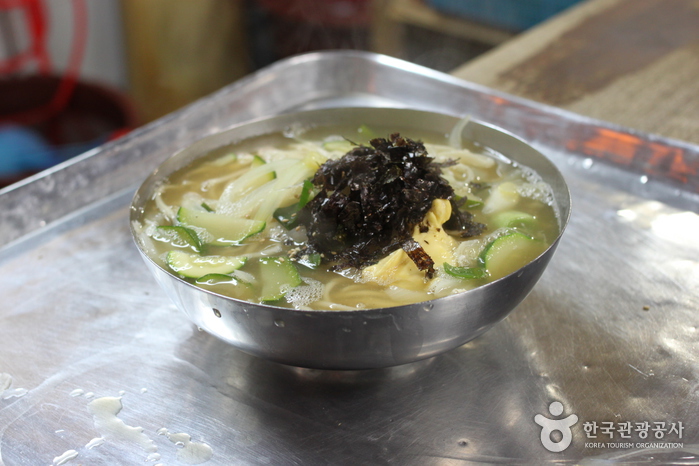
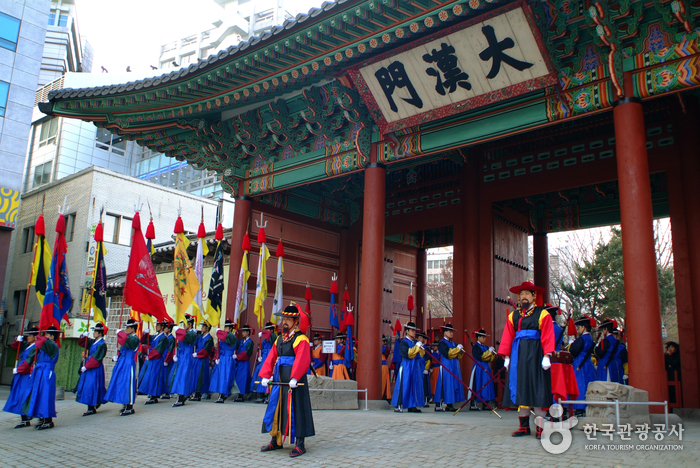

 English
English
 한국어
한국어 日本語
日本語 中文(简体)
中文(简体) Deutsch
Deutsch Français
Français Español
Español Русский
Русский